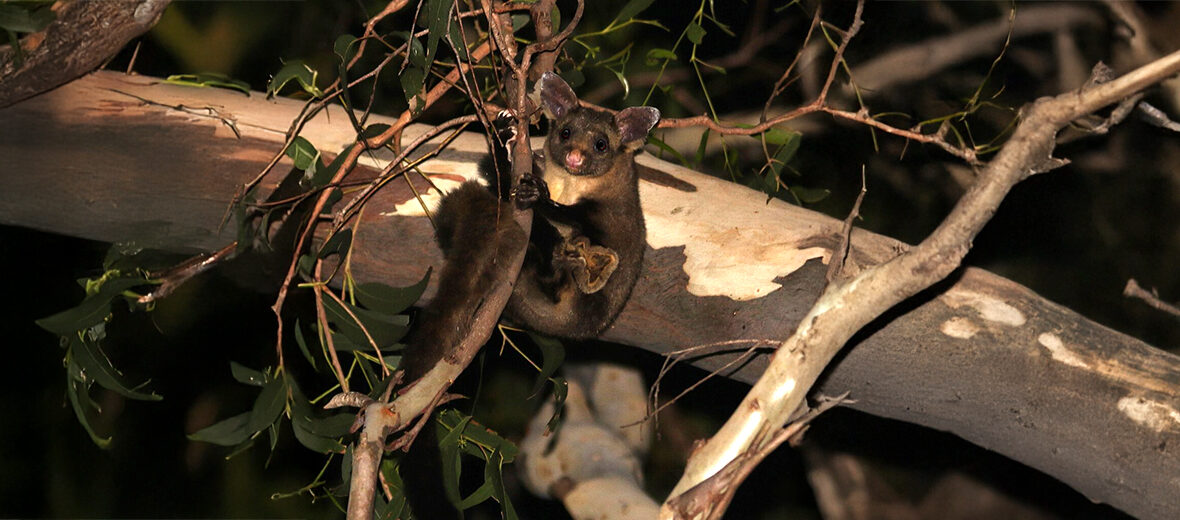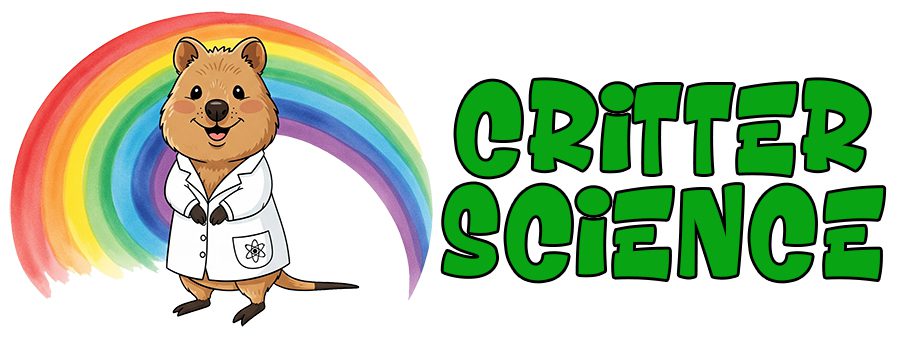
The yellow-bellied glider, aka fluffy glider, hails from eastern Australia. They prefer forest and woodland habitats. Like other glider species, these critters are able to effortlessly glide from tree to tree in search of food and/or a partner. Sadly, they face the threats of habitat loss and destruction at the hands of residential and commercial developments, farming, ranching, logging, fires, and fire suppression efforts. These amazing marsupials are listed as Near Threatened by the IUCN and their populations are decreasing.
First the Stats…
Scientific name: Petaurus australis
Weight: Up to 24.69 ounces
Length: Up to 11.8 inches, plus up to a 18.9 inch tail
Lifespan: Up to 10 years
Now on to the Facts!
1.) There are fewer than an estimated 6,000 wild individuals remaining, to date.
2.) Like all gliders, they are arboreal (spend their lives in trees).
3.) These critters, such as the case may be with all glider species, are nocturnal (active at night).
4.) There are 2 recognized subspecies: P. a. australis and P. a. reginae.
5.) Yellow-bellied gliders are the largest of the wrist-winged gliders.
But wait, there’s more on the yellow-bellied glider!
6.) These gliders are more similarly related to the lemur-like ringtail possum than to other members of the genus Petaurus.
7.) Being gregarious, they often share their tree hole with other members of their family.
Did you know…?
These critters can glide over 492 feet!
8.) With a distinctive and loud call, they can be heard up to 1,640 feet away.
9.) Females undergo up to a 50 day gestation (pregnancy) that yields a single joey. Once born, the joey makes its way to mom’s marsupium (pouch) and continues to develop for an additional 100 days. Both parents care for the offspring.
10.) Honeydew, insects, nectar, pollen and a wide variety of tree sap including various Angophora sap, Corymbia sap, Eucalyptus sap, and Lophostemon sap are all on the menu.
Now a Short Yellow-Bellied Glider Video!
Be sure to share & comment below! Also, check out the Critter Science YouTube channel. Videos added regularly!
Want to suggest a critter for me to write about? Let me know here.
Some source material acquired from: Wikipedia & IUCN
Photo credit: Greg Tasney – iNaturalist/




